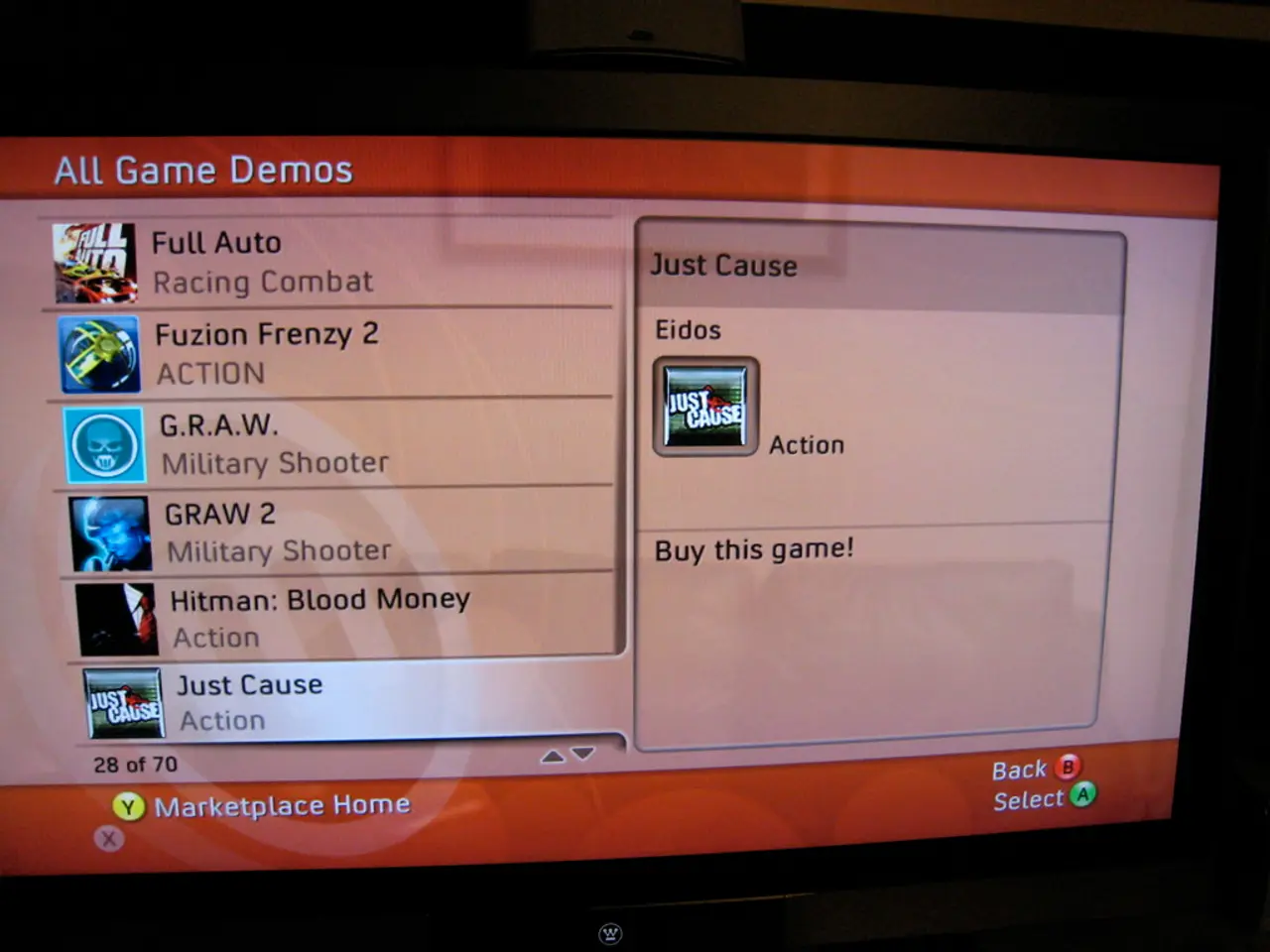Navigating Various Realms within Metaverses
In the digital age, a new frontier is emerging for online interaction - the metaverse. These simulated, computer-generated environments are designed for players to interact, create, and explore together.
Metaverse virtual worlds, such as Roblox, VRChat, Rec Room, Horizon Worlds, IMVU, Minecraft, Decentraland, Sansar, AltspaceVR, High Fidelity, Sinespace, Cryptovoxels, The Wild, vTime, Epic Games, and Virtual Axe, offer a myriad of experiences. Some allow users to create their own content, from objects and environments to customising their avatars, while others provide realistic virtual locations for meetings with friends and family over the internet.
The devices used to access these virtual worlds are diverse, catering to various preferences and technological capabilities. Virtual Reality (VR) headsets, such as Meta Quest 3, HTC Vive, and PlayStation VR, offer the most immersive experiences, tracking head and hand movements in real-time for a strong sense of presence. However, many metaverse experiences can also be accessed through general-purpose computers and smartphones, sometimes through browsers or apps designed for 3D spatial content.
Augmented Reality (AR) and Mixed Reality (MR) devices, like AR glasses and MR headsets, overlay virtual content on the real world, broadening metaverse access beyond fully immersive VR. Future trends aim to make these technologies more accessible and affordable, such as affordable entry-level VR in education and evolving spatial browsers.
Players can form active communities within the metaverse, often based on shared interests or hobbies. Some metaverses host special events, including contests, tournaments, and live performances, for their users. Virtual items can even be purchased with real money in some metaverse worlds, adding another layer of immersion.
Exploring various metaverse worlds offers a range of activities, from virtual adventures and social hubs to games. Interaction between players is facilitated through chat and gaming systems, making these virtual environments a vibrant space for socialising and entertainment. Each metaverse world has its own unique navigation and control system, adding to the diversity of experiences.
Whether for educational, business, or entertainment purposes, the metaverse is proving to be a versatile platform. As technology continues to evolve, we can expect to see even more innovative uses and experiences in this exciting new frontier.
In these metaverse virtual worlds, social-media-like communities form around shared interests, transforming them into platforms for entertainment and social interaction (entertainment, social-media). As technology advances, these communities can access a variety of gadgets, including VR headsets, AR glasses, and even affordable entry-level VR, offering different levels of immersion in technology-driven environments (technology, gadgets).







